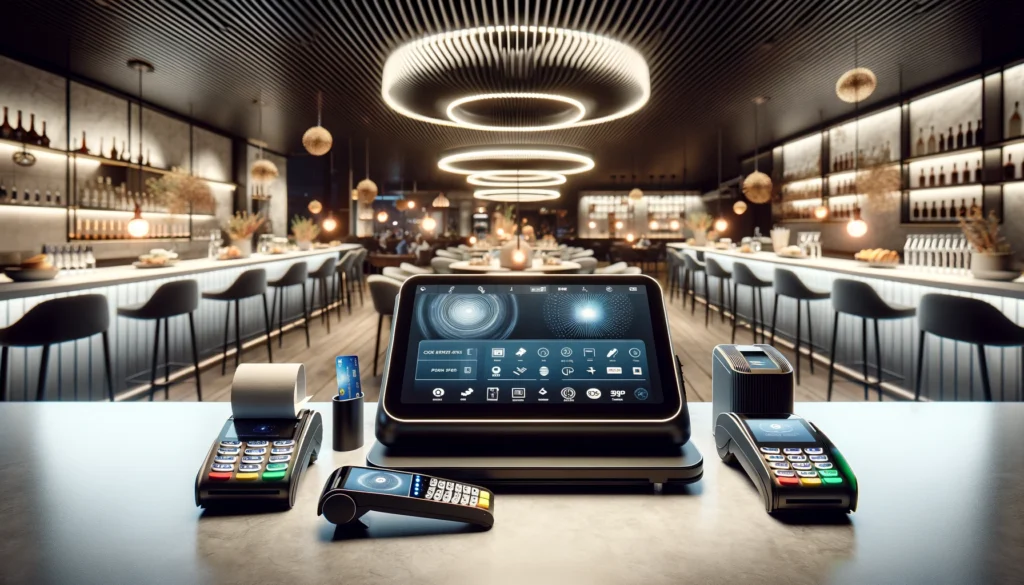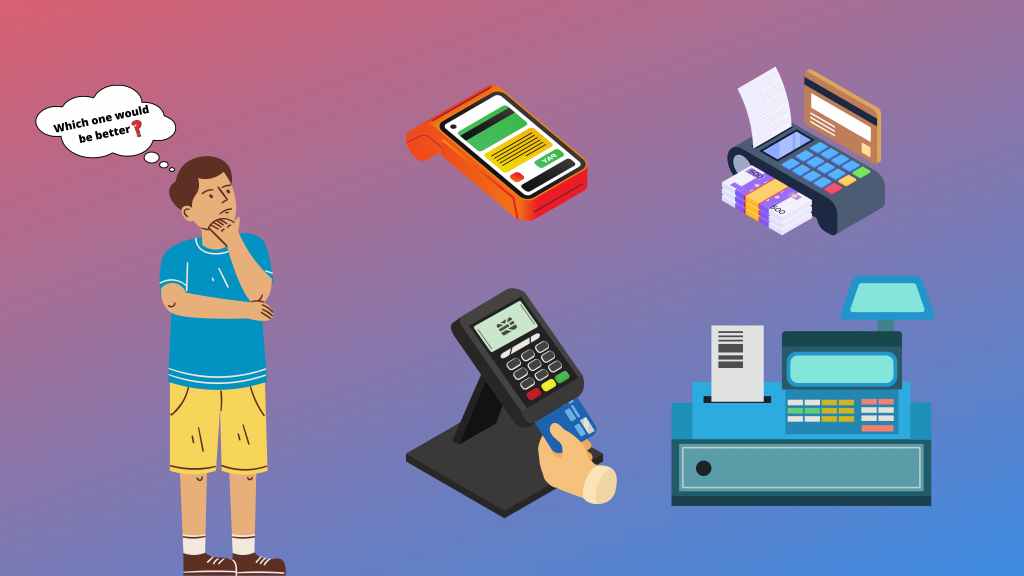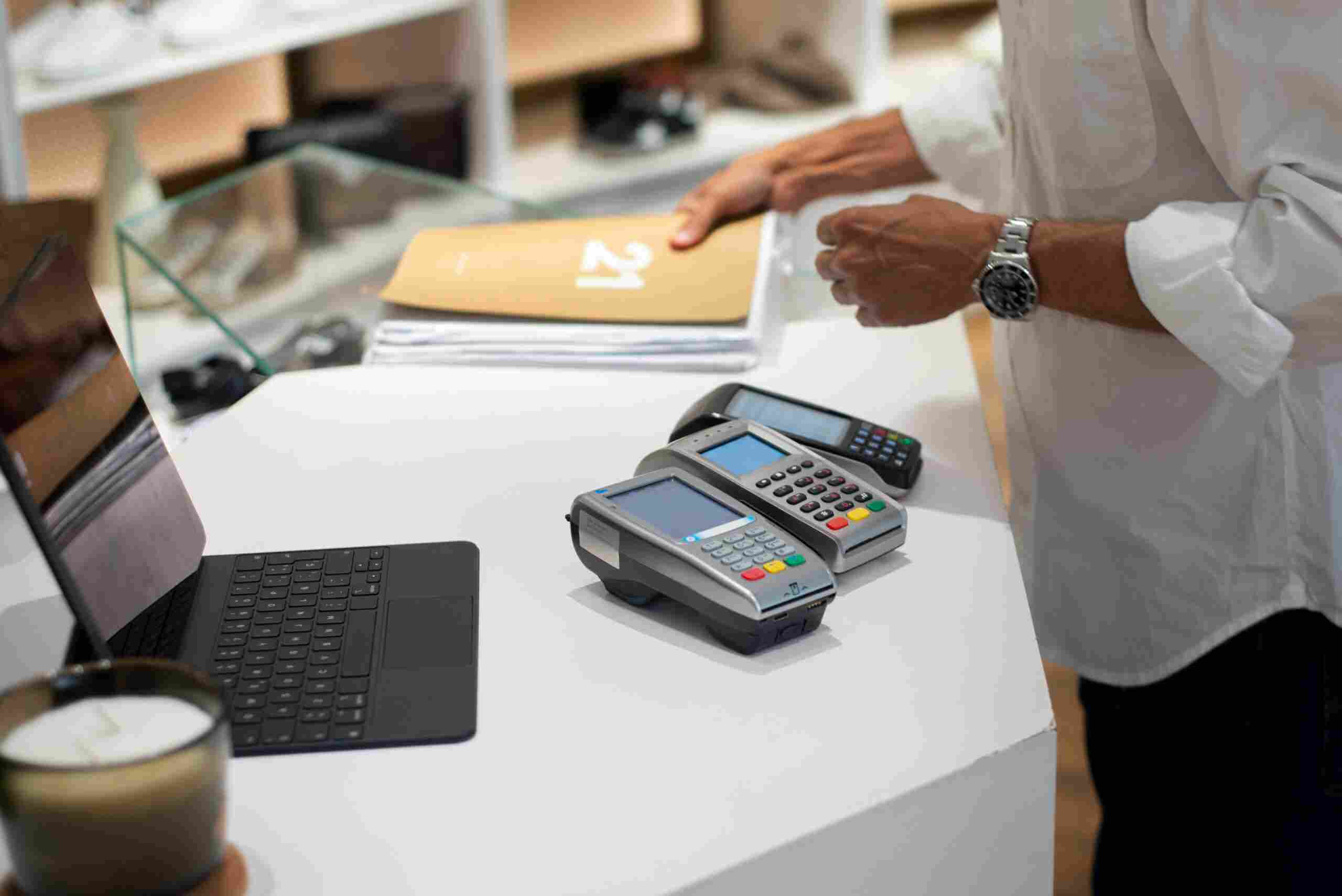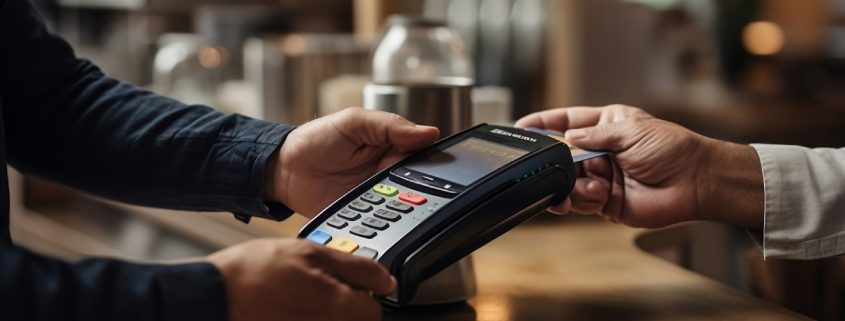How to Leverage POS Data to Drive Restaurant Marketing in 2024

In the fast-paced world of restaurants, customer preferences, habits, and demands change rapidly. As the industry leans further into digital solutions, POS (point-of-sale) systems have become essential tools for streamlining operations and gathering insights that can fuel targeted marketing efforts. In 2024, POS data is more powerful than ever, offering restaurant owners the chance to elevate marketing strategies and drive revenue. Here’s how to leverage POS data to boost restaurant marketing effectively.
1. Understand Your Customer Demographics and Preferences
One of the biggest advantages of a POS system is its ability to collect detailed customer data, including age, gender, and preferred payment methods. By analyzing this demographic information, restaurants can segment their customer base to create personalized marketing messages. For example, if a restaurant notices a higher concentration of younger patrons during evening hours, it could promote happy hour or student discounts around those times. POS data allows you to cater to specific groups with tailored offers that increase engagement and customer loyalty.
2. Identify Popular Menu Items and Optimize Promotions
POS data provides insights into which menu items are the most popular and when they’re in high demand. This information is invaluable for creating effective promotions. For instance, if a restaurant’s POS data shows a high demand for certain dishes on weekends, you could create bundle deals to encourage even more sales during those peak times. Alternatively, if a menu item’s sales are lagging, targeted promotions, discounts, or “meal-of-the-week” campaigns can give it a boost.
By leveraging this data, restaurants can avoid one-size-fits-all discounts and instead focus on promoting high-margin items that have the potential to increase revenue without sacrificing profit.
3. Boost Repeat Business with Loyalty Programs
Loyalty programs are an effective way to encourage repeat visits, and POS systems make them easier to implement. Using POS data, restaurants can track customer visits, spending habits, and preferences, allowing them to tailor loyalty rewards to each individual. For instance, if a customer frequently orders the same beverage, you can offer a “Buy 5, Get 1 Free” promotion specifically on that item. A POS-linked loyalty program not only drives repeat business but also builds long-term customer relationships by providing rewards that are truly meaningful to the customer.
4. Enhance Email and SMS Marketing Campaigns
POS data offers powerful insights that can elevate your email and SMS marketing campaigns. For instance, restaurants can use purchase data to create tailored messages for different customer segments. If a customer frequently dines in on weekends, an SMS promotion for weekend brunch discounts or special events could be especially enticing. Alternatively, if a customer hasn’t visited in a while, sending a “We Miss You” message with a discount can encourage them to return.
Segmented email and SMS marketing, based on POS data, ensures that each message is relevant, increasing the chances of engagement and conversion. This method of communication is personal, which resonates well with customers in today’s competitive restaurant landscape.
5. Optimize Your Menu with Data-Driven Decisions
In 2024, data-driven menu optimization is becoming a best practice for successful restaurants. By using POS data, restaurants can track which items have the highest sales, profit margins, and overall customer satisfaction. This enables data-backed decisions about which items to keep, modify, or remove. If certain dishes are underperforming, for instance, they might be candidates for a recipe tweak, a different price point, or a promotional push.
Understanding customer purchasing habits and menu performance not only enhances the dining experience but also allows for smarter, targeted menu design and marketing decisions that align with demand and profitability.
6. Personalize In-Restaurant Experiences
POS data can enhance the in-restaurant experience by allowing restaurants to personalize interactions. When a server or manager has access to customer data, such as a regular’s favorite order or past special requests, they can tailor the experience to make it more memorable. For example, if a frequent diner always orders a specific appetizer, staff could offer a complimentary side or beverage. This level of personalization builds brand loyalty and encourages positive word-of-mouth marketing.
7. Analyze Sales Trends to Plan Seasonal Campaigns
Seasonal trends and promotions are key to restaurant marketing, and POS data can help identify these patterns. For example, if a restaurant sees increased demand for certain items during colder months, it can plan winter campaigns around those items. Similarly, if there’s a drop in weekday evening traffic, a happy hour or family-night special can help fill seats. By analyzing seasonal POS data, restaurants can create campaigns that align with customer expectations and seasonal demand, driving consistent business throughout the year.
8. Leverage Data for Social Media Marketing Insights
Social media platforms like Instagram, Facebook, and TikTok play a huge role in restaurant marketing. POS data can be used to determine which dishes or drinks resonate most with customers and are likely to gain traction on social media. This allows restaurants to focus social media efforts on showcasing their best-performing or most photogenic items, which can attract new followers and customers.
For instance, if the POS system indicates that a particular dessert is extremely popular, featuring it in social media posts or Stories can entice online audiences to visit in person. By integrating POS data into social media strategy, restaurants can create content that genuinely resonates with their target audience.
Conclusion
In 2024, leveraging POS data for marketing is a powerful way for restaurants to enhance customer satisfaction, drive repeat business, and boost revenue. By understanding customer preferences, optimizing menus, and personalizing interactions, restaurants can create targeted campaigns that resonate with their audience. Embracing a data-driven approach to marketing not only improves customer experience but also sets restaurants apart in an increasingly competitive industry. Using POS data to its full potential can turn everyday transactions into opportunities for strategic growth and long-term success.
Visit our site at www.dibtech.com.au
Visit our YouTube channel for tutorials Dibtech






